Reviewed by Julianne Ngirngir
Cord cutters, here's the kicker: while you're debating whether to click through yet another true crime series, Amazon just dropped the most promising streaming news of the holiday season. Prime Video has officially locked in a December 2025 premiere for Fallout Season 2, and this time we're trading the California wasteland for something much more neon-soaked and dangerous—New Vegas.
After breaking viewership records with 2.9 billion viewing minutes in its first five days, the video game adaptation is doubling down on what made it Prime's biggest hit since Reacher. The new season picks up fifteen years after the events of the beloved Fallout: New Vegas game, bringing our vault-dwelling trio face-to-face with the most iconic location in the entire franchise. But here's what makes this particularly smart for streaming audiences: those record-breaking viewing patterns—with 63% male demographic and 70% watching episodes 1-4—align perfectly with New Vegas's morally complex storytelling that rewards viewers who stick around for the long haul.
What makes New Vegas so special for streaming audiences?
Let's break it down: New Vegas isn't just another post-apocalyptic city—it's the Las Vegas of the wasteland, complete with functioning casinos, power struggles, and the kind of morally gray storytelling that made the original game consistently rated as one of the greatest of all time. Set leaks have already revealed authentic recreations of the Lucky 38 casino and the iconic "Welcome to New Vegas" sign, suggesting the production is taking the same meticulous approach that earned Season 1 its 94% Rotten Tomatoes score. But here's where this level of authenticity really pays off for cord-cutters choosing between platforms: this isn't just visual fan service—it's creating the kind of immersive binge-watching experience that separates premium streaming from traditional TV's "throw stuff at the wall" approach. The showrunners aren't just dropping our characters into a familiar location—they're expanding the timeline to show how the city has evolved, meaning fresh stories that won't simply retread the game's multiple endings. What this really offers streaming audiences is something most post-apocalyptic content can't match: complexity that rewards attention rather than punishing it.
So how does this actually work for cord cutters?
Here's what streaming fans need to know: this isn't your typical sequel that dumps you into unexplored territory. Ella Purnell, Walton Goggins, and Aaron Moten are all returning as Lucy, The Ghoul, and Maximus, bringing the character chemistry that made Season 1 such a binge-worthy experience. That character continuity creates what streaming audiences crave most—the ability to dive deep without starting over from scratch, perfect for those marathon viewing sessions that cord-cutters have mastered. The story picks up directly from that epic Season 1 finale, following Lucy's father Hank as he approaches New Vegas in stolen power armor. But here's the streaming strategy at work: Macaulay Culkin joins the cast as some kind of "erratic genius," adding exactly the kind of unpredictability that keeps streaming audiences engaged across episodes—think of it as the anti-formulaic approach that premium content platforms use to differentiate from network TV's predictable structures. The production moved from New York to Los Angeles, filming in locations like Baker, California—the real-world inspiration for the game's Novac—which not only maintains that authentic wasteland atmosphere but also signals the kind of budget commitment that translates directly into the production values streaming audiences expect from their subscription dollars.
What do the viewing numbers tell us about Season 2's potential?
The math is pretty compelling: Season 1 didn't just succeed, it obliterated Prime Video records by pulling in over 1 billion more viewing minutes than Reacher's previous high-water mark. That audience was 63% male and skewed younger, exactly the demographic that cord cutters represent—tech-savvy viewers who choose streaming over traditional cable. But here's what those viewing patterns reveal about Season 2's strategic positioning: the New Vegas setting specifically appeals to this demographic because it offers the kind of empire-building, faction-politics storytelling that tech-savvy audiences understand intuitively. About 70% of viewing concentrated on episodes 1-4, which suggests Season 2's structure will likely front-load the New Vegas world-building early to capture that crucial viewer commitment window. The show also triggered a massive surge in Fallout game sales, proving that great adaptations can expand their universes rather than just capitalize on existing fandom—which means Season 2 isn't just banking on nostalgia but building toward genuine universe expansion that creates ongoing value for Prime's streaming ecosystem. With Season 3 already greenlit before Season 2 even drops, Prime is clearly betting that this universe-expansion approach represents the future of streaming content strategy.
Where do we go from here?
Bottom line: if you're living the cord-cutting life, Fallout Season 2 represents exactly why streaming services are winning the content wars. This December, you'll get a premium production that combines practical effects, stellar performances, and the kind of world-building that makes traditional TV look quaint by comparison—specifically because it's designed around the streaming model of deep, serialized storytelling rather than the episodic format that traditional networks still cling to. The New Vegas setting brings iconic characters like Mr. House into play, while the promise of finally seeing Deathclaws in action should satisfy anyone who felt Season 1 played it too safe with the creature design. More importantly, this represents the evolution of streaming content into something traditional TV simply can't match: the kind of interconnected, universe-building approach that treats viewers as intelligent participants rather than passive consumers. The showrunners understand that the world has progressed in ways that create genuine storytelling opportunities—this isn't just fan service, it's the blueprint for how streaming platforms build long-term subscriber value through content that gets better the deeper you dive. Mark your calendars, clear your December binge schedule, and get ready to see what happens when the wasteland's most dangerous city gets the full Prime Video treatment that only a streaming-first approach can deliver.




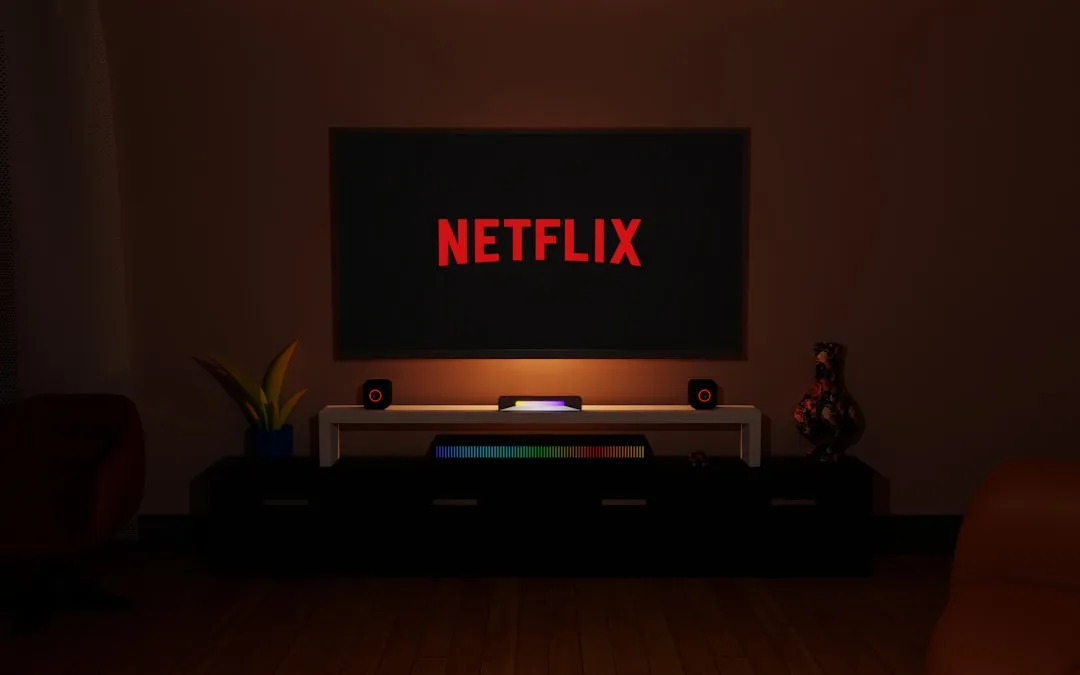
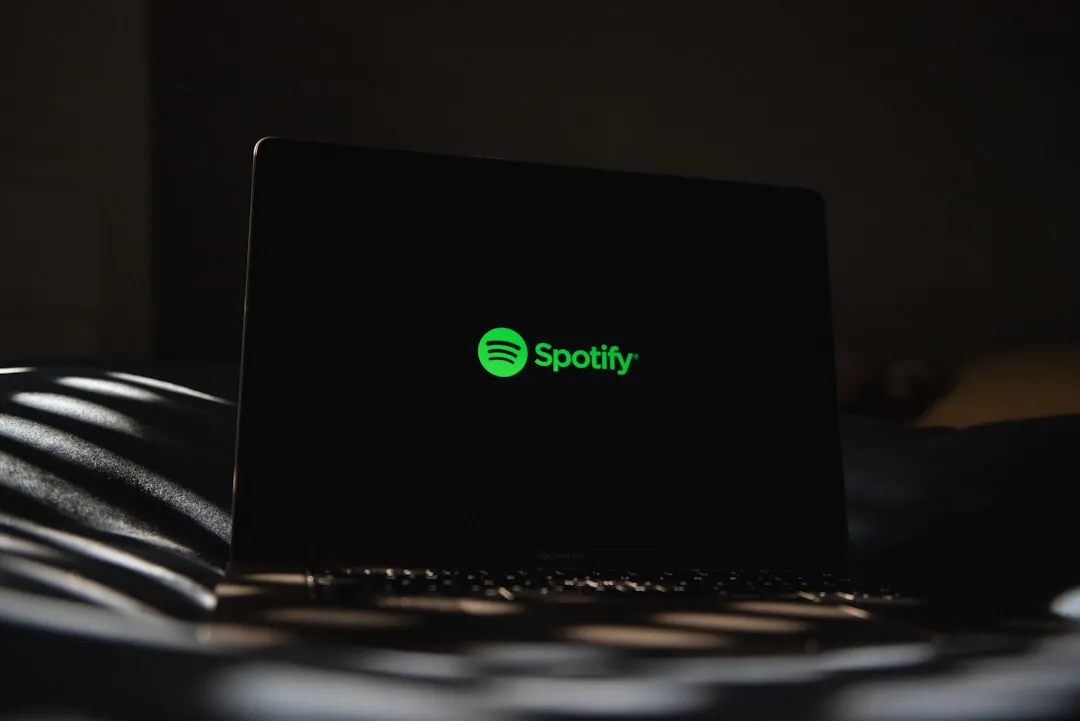

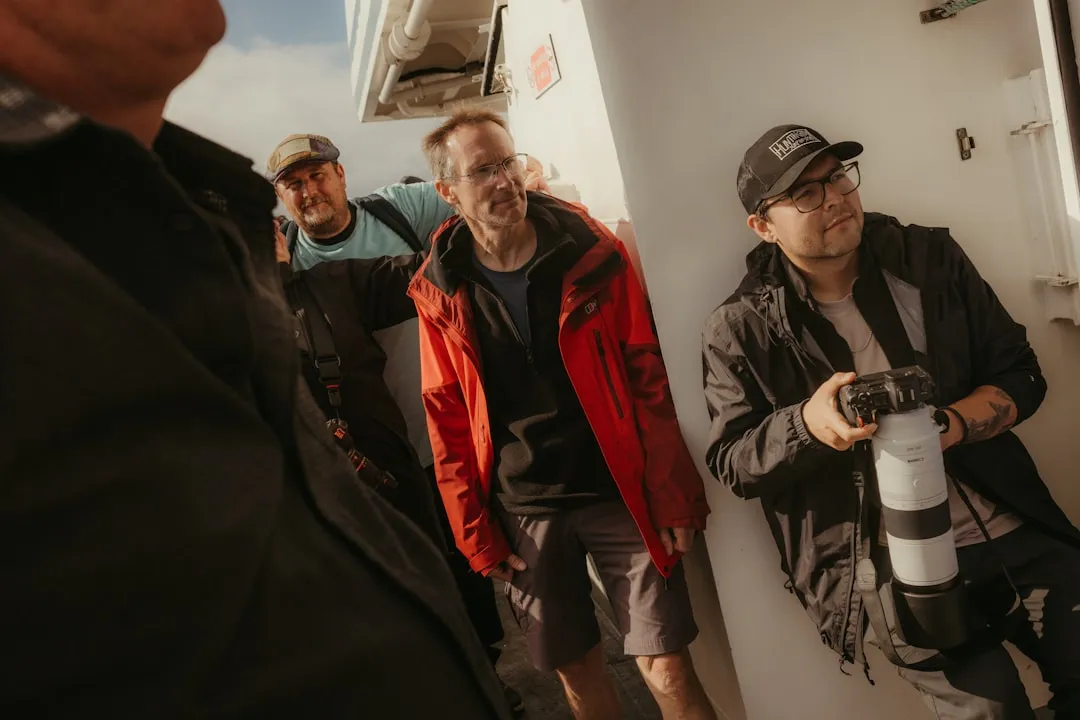

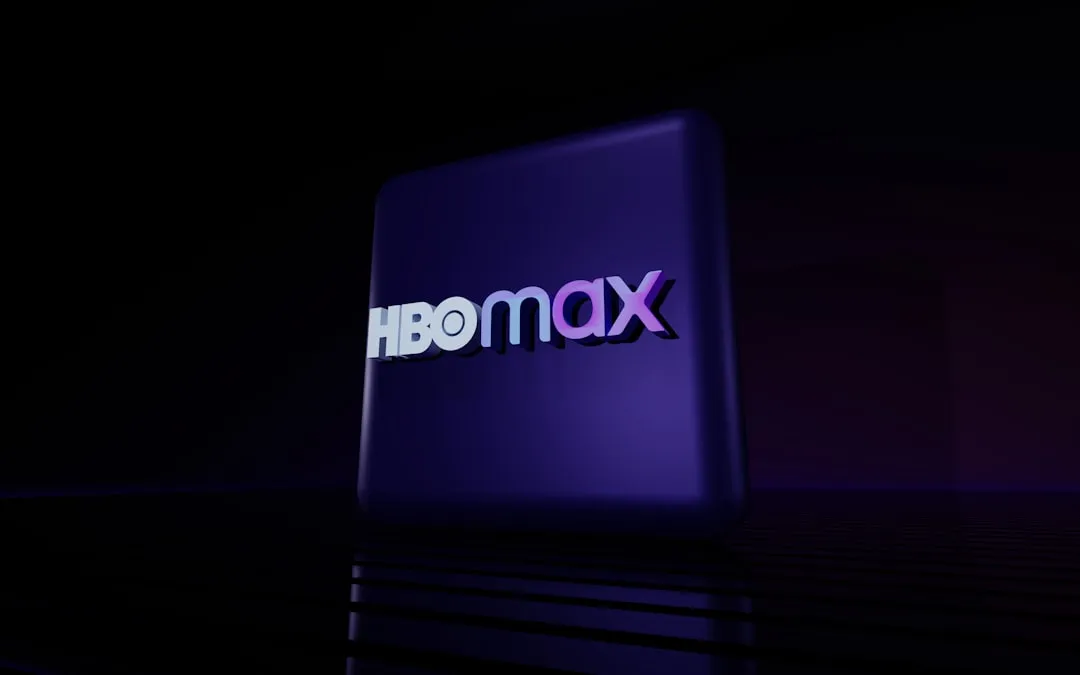
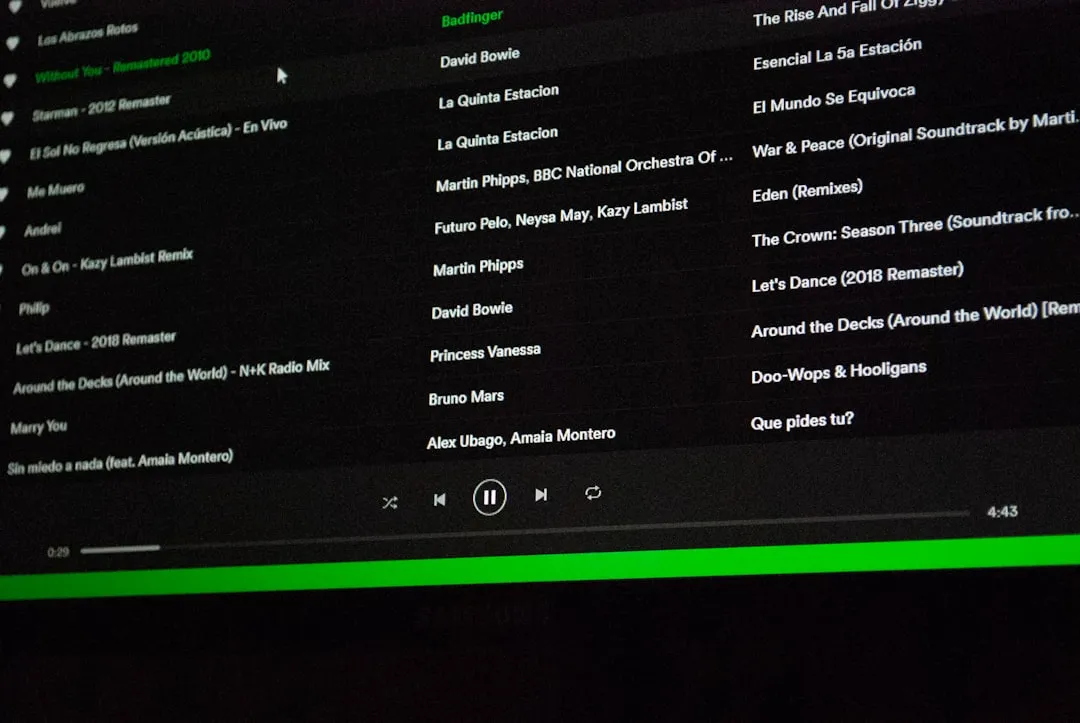
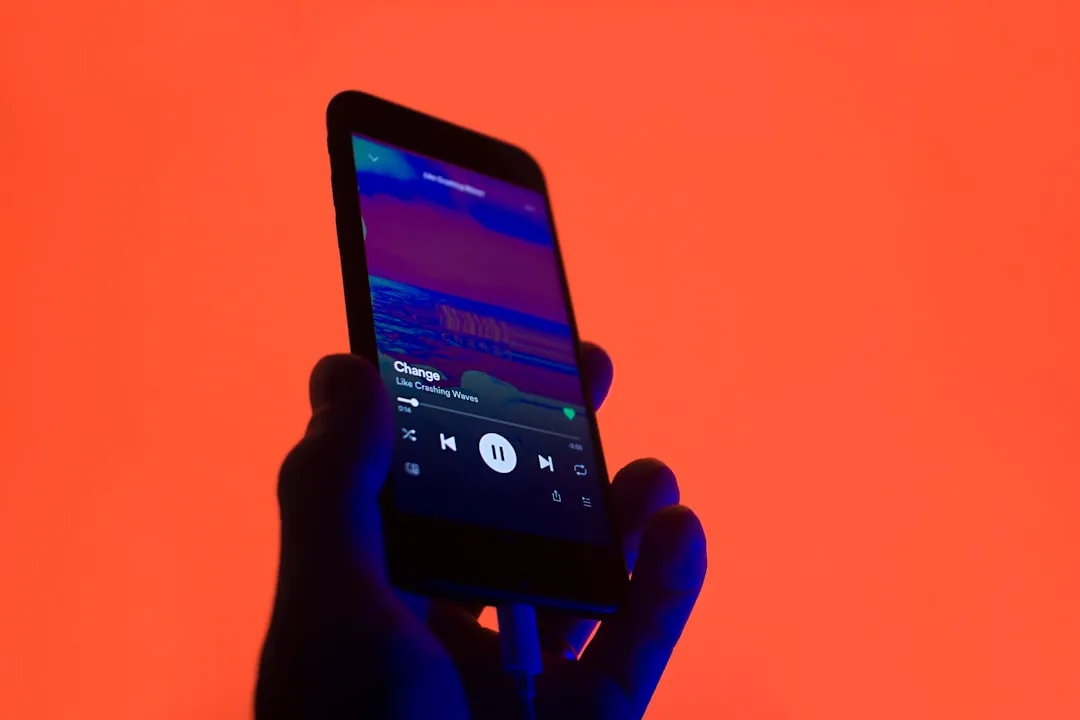
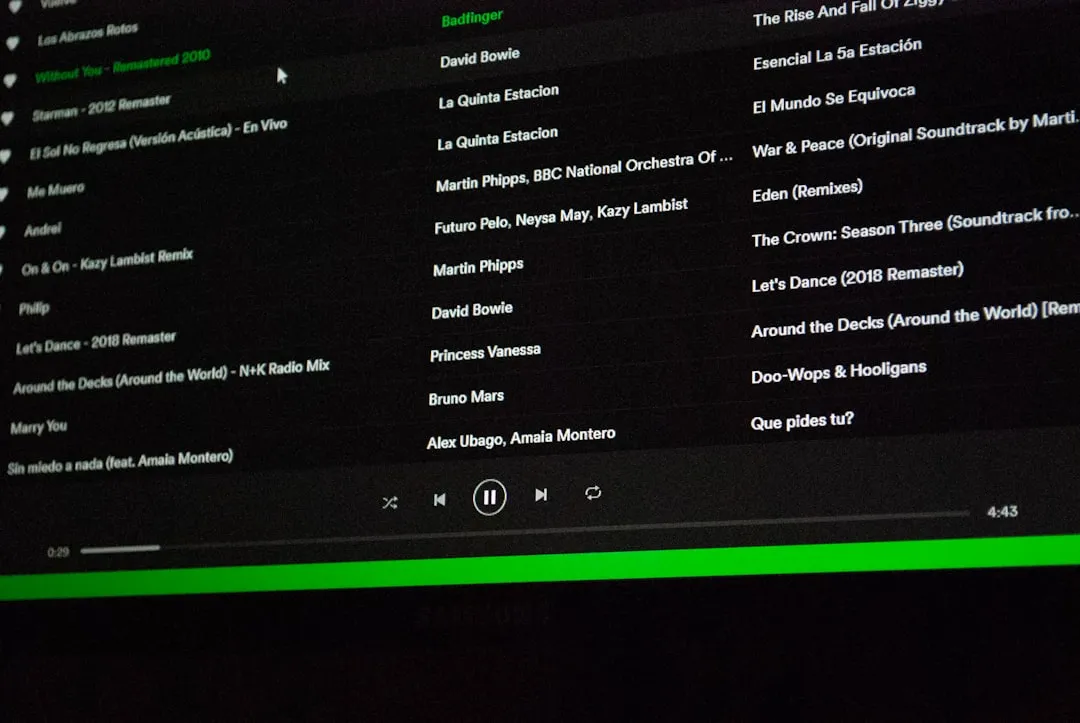
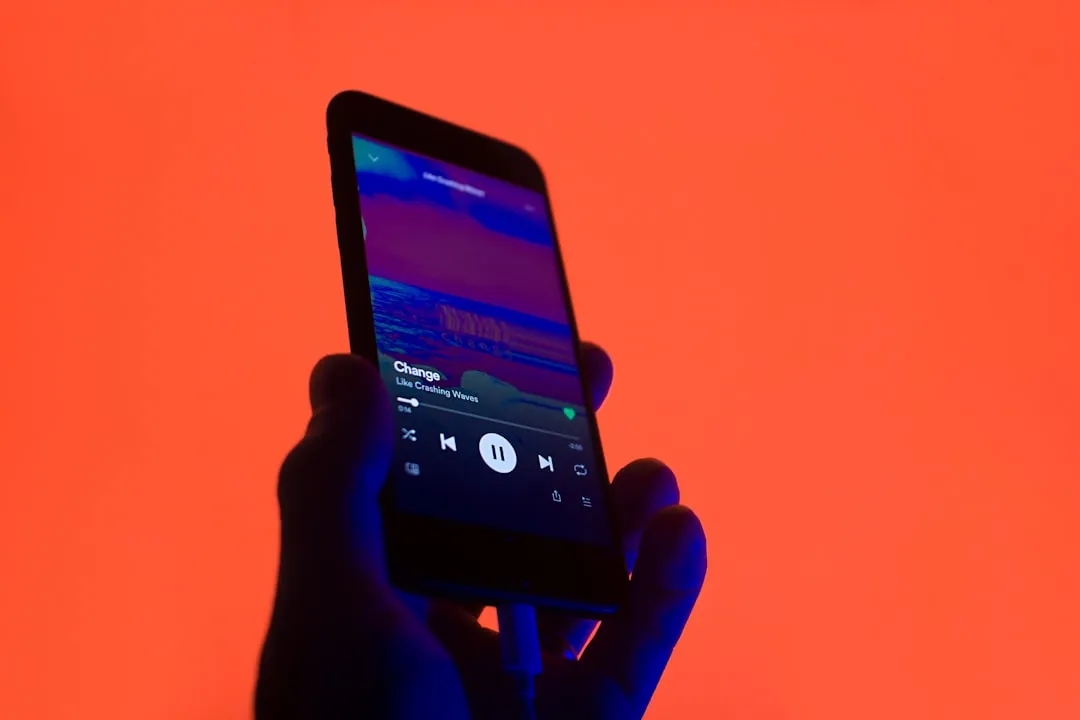
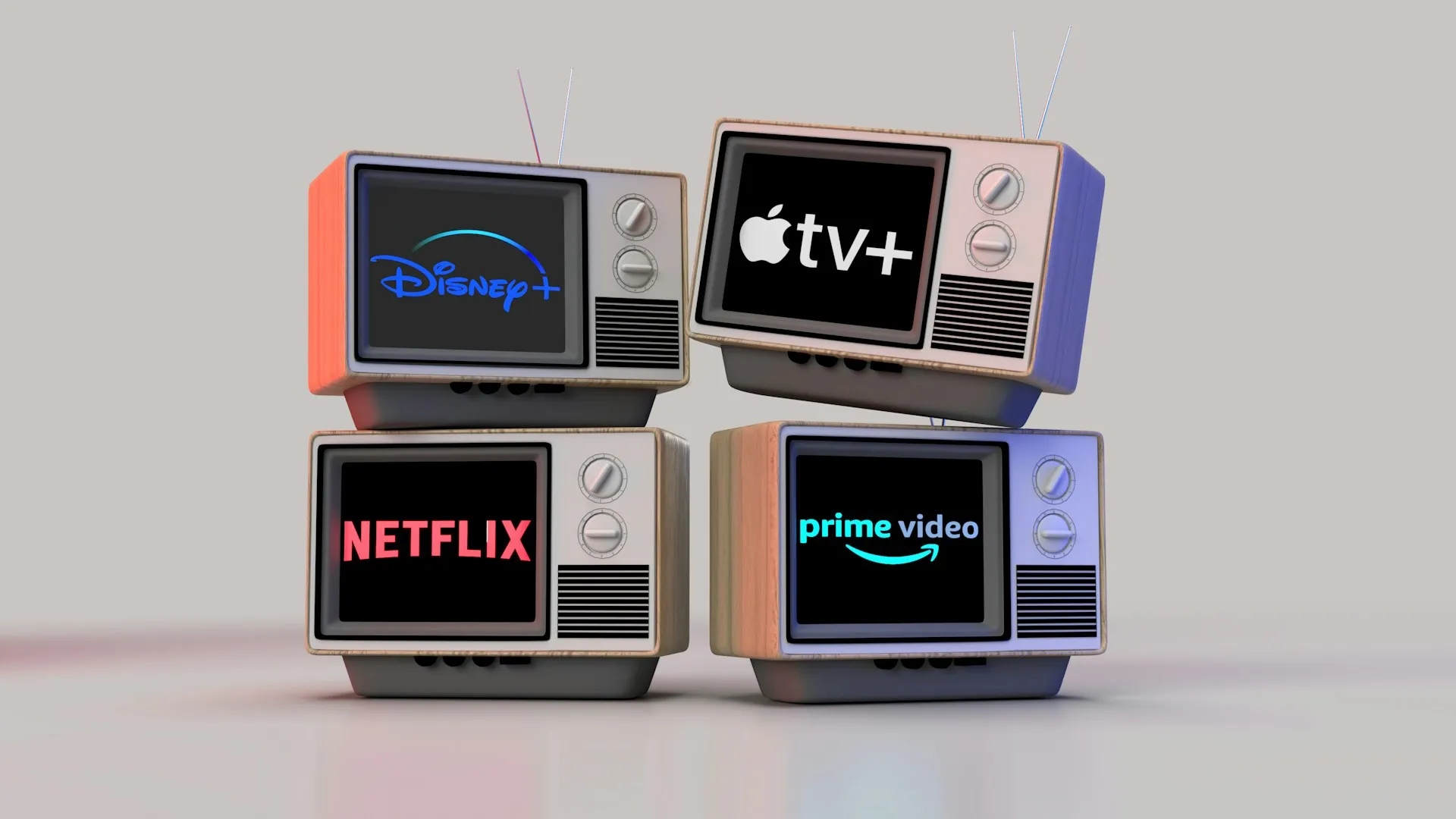
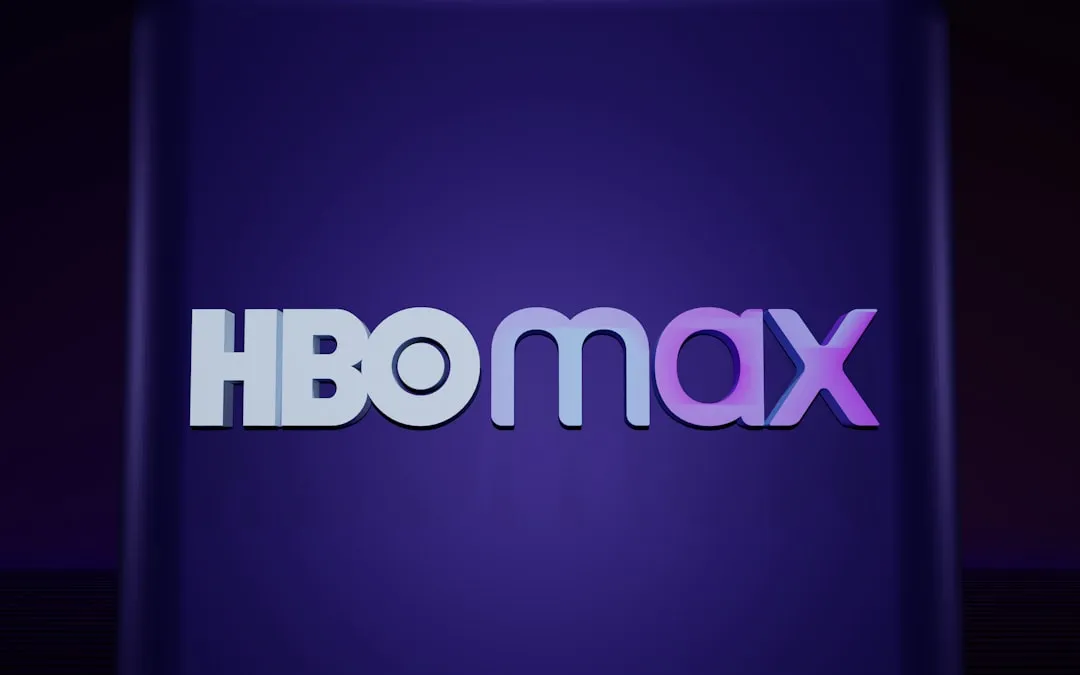
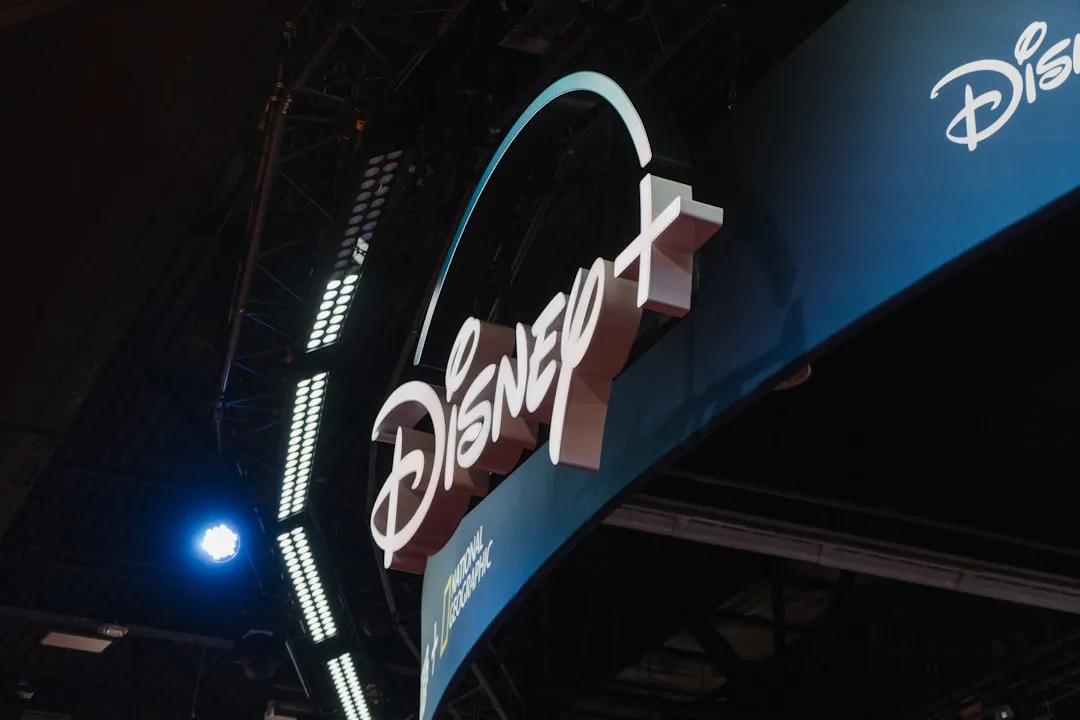



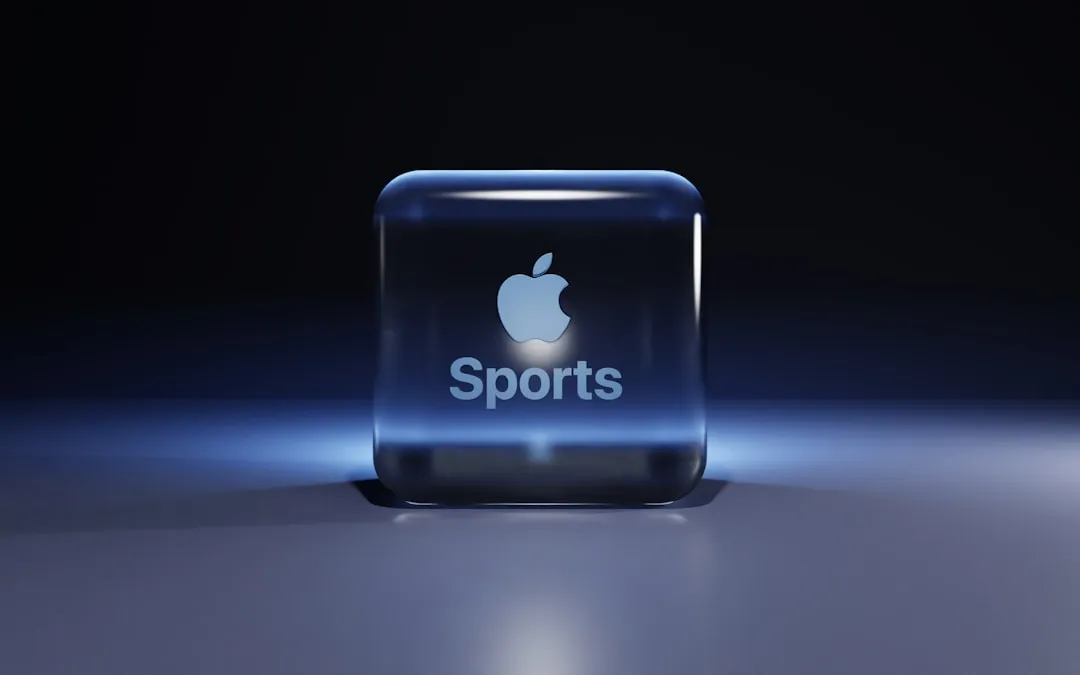
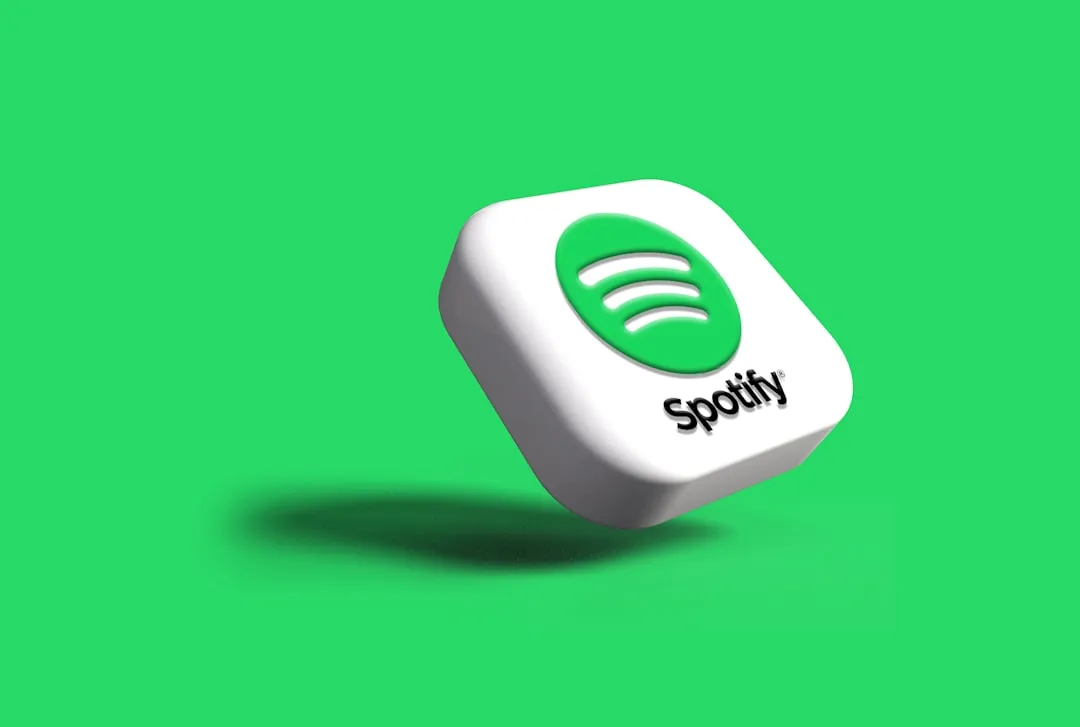
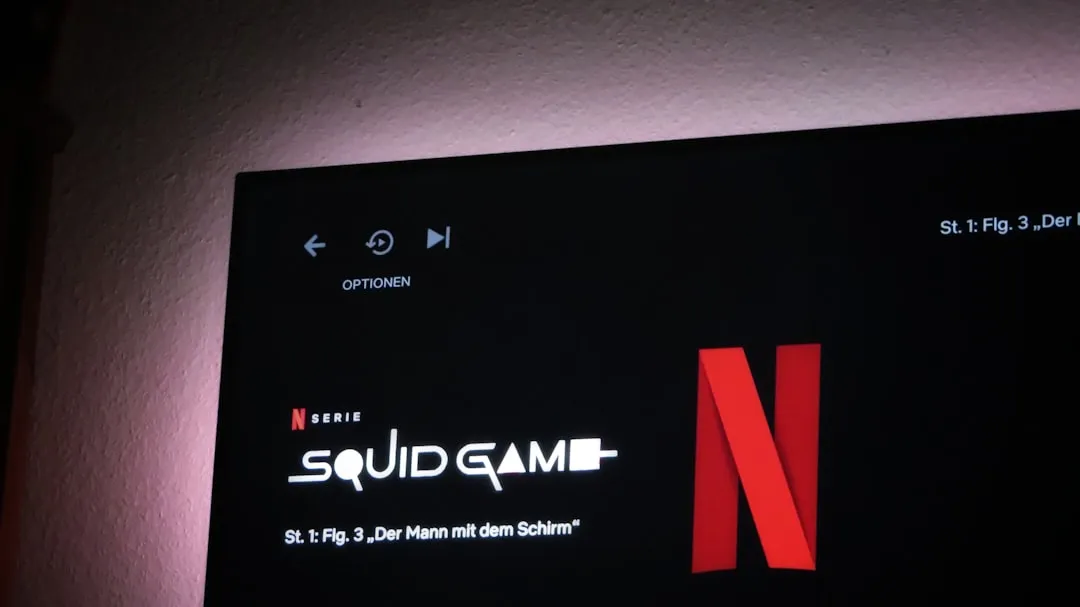
Comments
Be the first, drop a comment!